Crop health is a crucial factor that determines the success of farming operations. In India, where agriculture plays a significant role in the economy, farmers need to monitor and assess the health of their crops effectively. In 2022, the global crop monitoring market size was valued at US$ 3.05 Bn and from 2023 to 2029, the total revenue is expected to grow at 15.2%, reaching nearly US$ 8.21 Bn.

Farmers can make informed decisions, implement preventive measures, and maximise yields by understanding and tracking key crop health metrics. Here are some essential crop health metrics that hold relevance for farmers in India.
- Soil Moisture Levels: Monitoring soil moisture is essential for efficient irrigation management. By using moisture sensors or data from weather stations, farmers can make informed decisions about irrigation scheduling, preventing water stress or waterlogging.
- Nutrient Levels: Farmers should regularly assess nutrient levels, including NPK and micronutrients like zinc and iron. Soil testing and analysis can help farmers identify deficiencies and apply appropriate fertilisers for healthy plant growth.
- Pest and Disease Infestation: Early detection of diseases or pests enables timely intervention, such as targeted pesticide application or implementing integrated pest management strategies, minimising damage and preserving crop health.
- Crop Growth Stage: Different crops have distinct growth patterns and specific requirements at each stage. Crops’ growth stages should be monitored to determine the right time for planting, nutrient application, and harvest, ensuring optimal yields and crop health.
- Leaf Area Index (LAI): LAI measures the crop’s leaf cover and density, providing insights into its photosynthetic capacity. LAI measurements can be obtained using remote sensing techniques or handheld devices to assess if the crop receives adequate sunlight, identify nutrient deficiencies, and detect stress conditions.
- Crop Residue and Weed Cover: Excessive crop residue can form a breeding ground for pests and infections, while weeds compete for resources and hamper crop growth. Farmers should monitor residue levels and employ appropriate tillage or mulching practices. Effective weed control measures, such as mechanical weeding or herbicide application, help maintain a healthy crop environment.
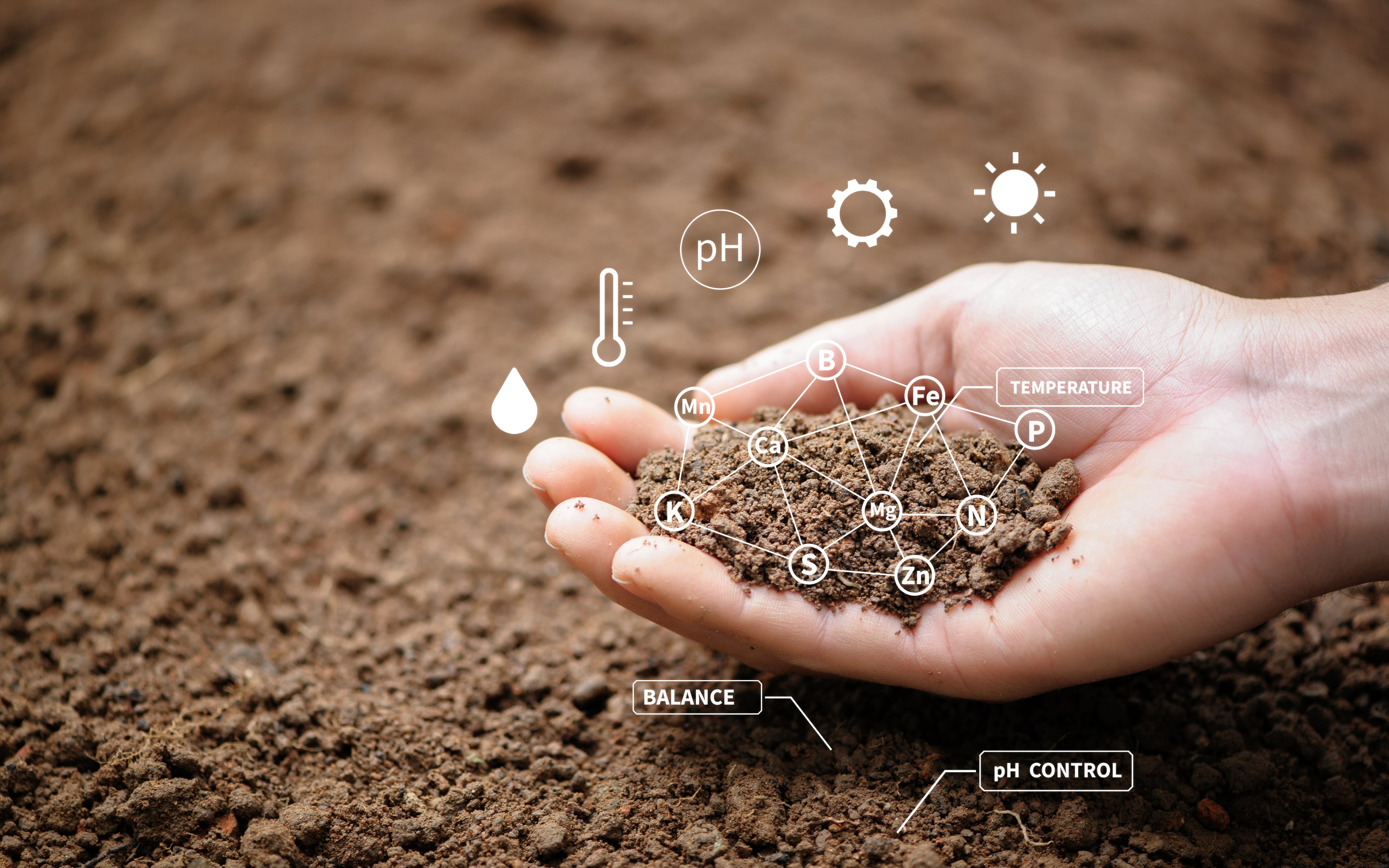
Conclusion
For farmers in India, monitoring crop health is essential for optimising yields and ensuring agricultural sustainability. Farmers can make informed decisions regarding irrigation, fertilisation, pest management, and cultural practices by focusing on crucial crop health metrics mentioned above.
At agribazaar, we strive to make farmers embrace technology & leverage our agritech solutions that can further enhance their ability to monitor and manage these metrics efficiently, contributing to improved crop health and overall agricultural productivity.

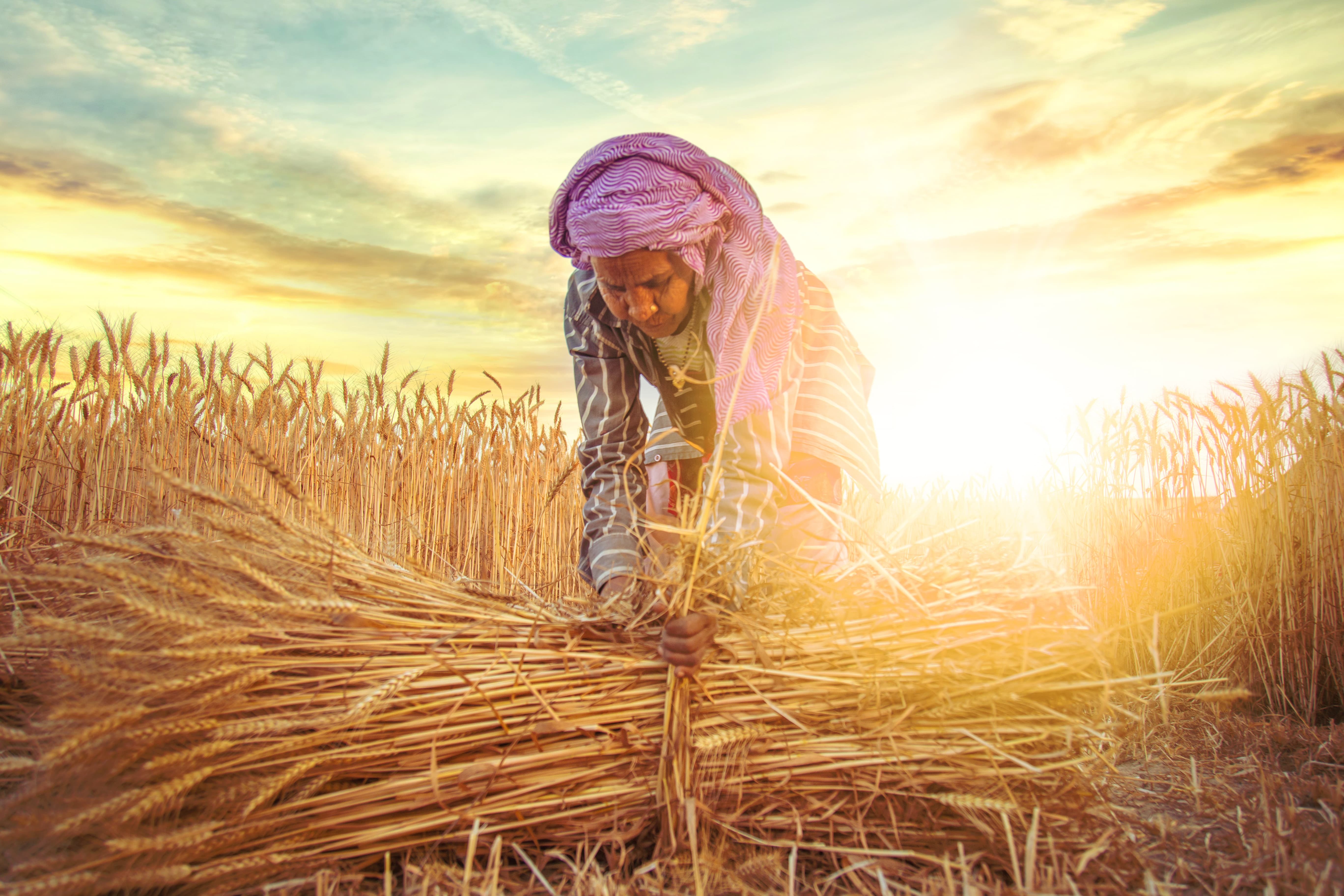
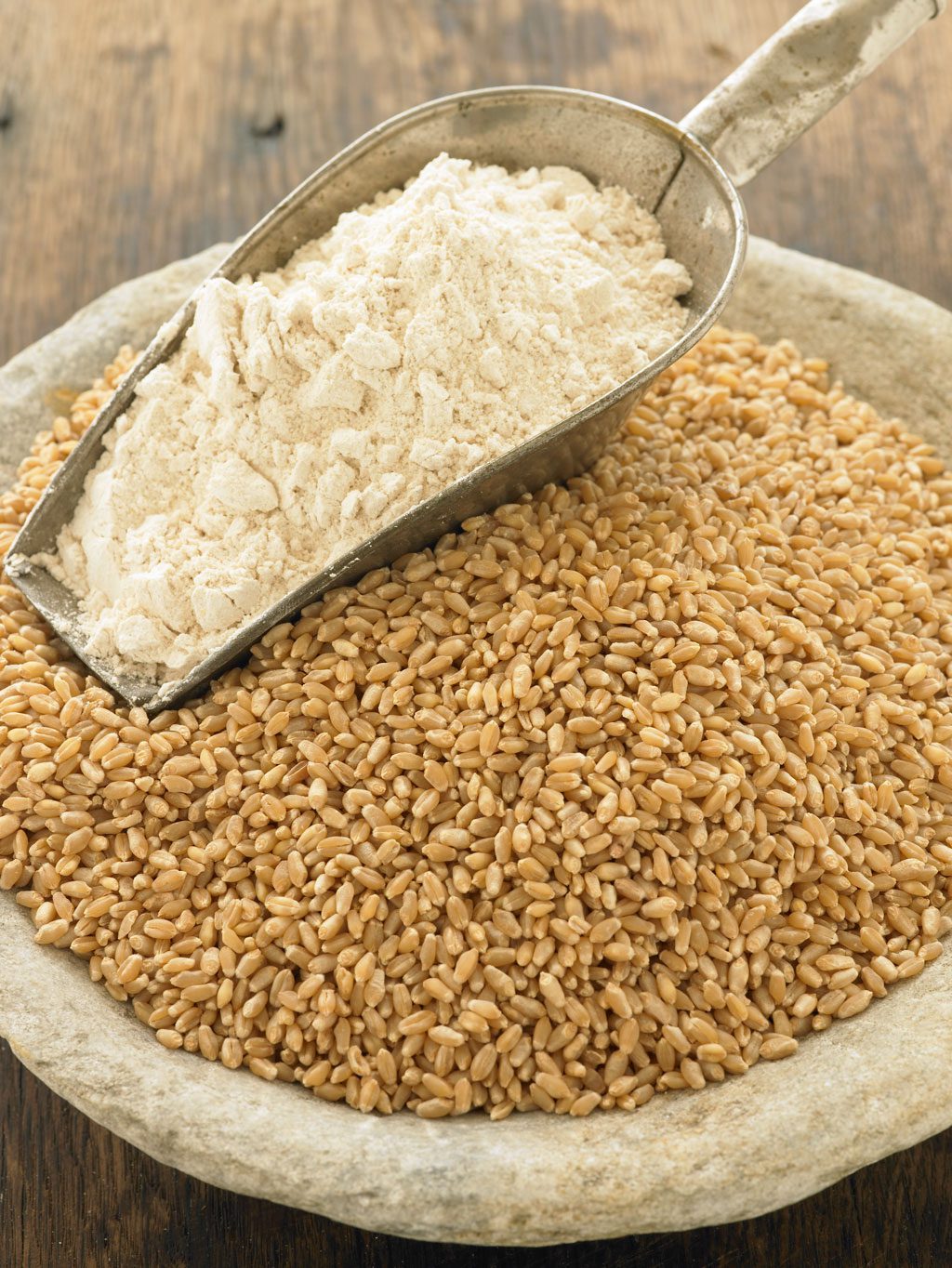

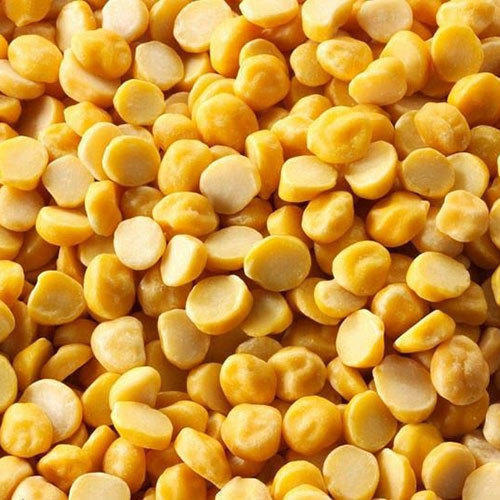
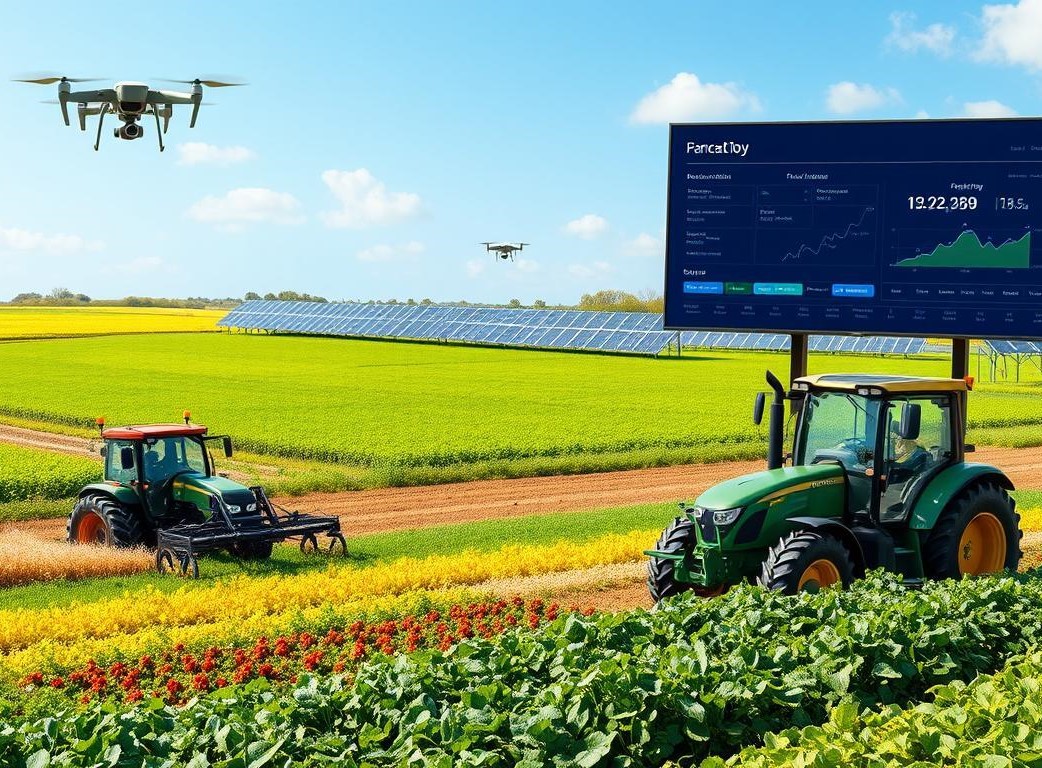


 Connect With Us
Connect With Us